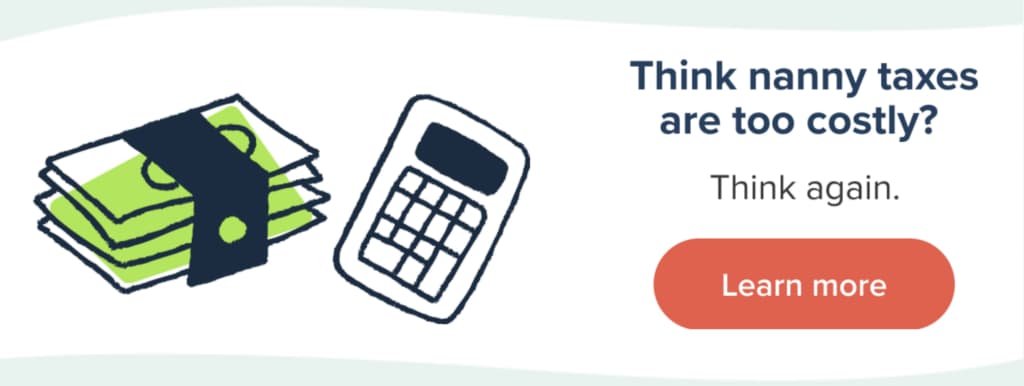We all hope to someday have enough money saved up to retire comfortably. But did you know that you can contribute to your nanny or senior caregiver’s retirement account just like most companies do? In this article, we break down the common types of retirement accounts and whether you can contribute to them:
Paying your household employee legally does provide them credit with the Social Security Administration, so they can receive income assistance and Medicare in their golden years. But your nanny or senior caregiver will most likely need more than that to retire, so let’s go through the options available to them one by one:
Contributing to your household employee’s Roth IRA
A Roth IRA is very easy to work with because your nanny or senior caregiver will set it up on their own and you can contribute money to it as part of their payroll. You cannot pay directly into your employee’s Roth IRA, so the amount you contribute will be treated like additional income, which is fine because your employee can only fund their Roth IRA by using post-tax dollars. Your employee is capped at placing $7,000 per year into a Roth IRA ($8,000 if they are 50 or older), and this money will not be taxed at the point where they withdraw the funds.
Managing contributions to a SIMPLE IRA for your household employee
A Savings Incentive Match Plan for Employees, or SIMPLE IRA, must be set up by you as the employer, but both you and your employee contribute to it. Usually, there is a dollar-for-dollar match up to 3% of your nanny or caregiver’s wages with a cap of $16,000 per year ($19,500 if your employee is 50 or older). Only the amount that your employee contributes to a SIMPLE IRA is subject to Social Security and Medicare taxes before the money goes into the account and your employee will have income taxes deducted when they are able to withdraw the funds at a later date.
What to do if your employee has a Traditional IRA
A Traditional IRA works just fine for your nanny or senior caregiver because they’re funding it with their own money, but there is no way for you to provide any additional contribution to this account. You can set up your employee’s payroll to have some of their pay go toward their Traditional IRA, and it will only be subject to Social Security and Medicare taxes. Income taxes will be paid by your employee when they start withdrawing money from their Traditional IRA. The annual limit for funds placed into a Traditional IRA is $7,000 ($8,000 if your employee is 50 years or older).
A brief mention about 401(k) plans for families with a household employee
While it is technically possible for you to set up a 401(k) account for your nanny or senior caregiver, we don’t recommend it because these accounts tend to be expensive to establish and typically come with annual fees. It’s much easier and financially wiser to talk with your employee about a Roth IRA, SEP IRA or SIMPLE IRA if you are wanting to contribute to their retirement account.
Setting up a SEP IRA for your nanny or caregiver
Unlike a Roth IRA, only you as an employer can contribute to a Simplified Employee Pension (SEP) IRA. It’s up to you to set up and manage a SEP IRA because you can use it for your own retirement needs, but you must offer it to all employees you have at the same percentage of their pay. The contribution limit is either 25% of your employee’s annual pay or $69,000 per year, whichever is less.
Any contributions made to your employee’s SEP IRA are not considered taxable income to them and are tax deductible for you. In fact, for the first three years you have a SEP IRA, you may be eligible for a tax credit of up to $500.
The bottom line on a caregiver retirement account
Saving for retirement is important, and it’s admirable that you’ve taken an interest in helping your nanny or senior caregiver prepare for this milestone in their life. And because payroll factors into how some of these retirement plans work, it’s also important to remember that your employee needs to be paid on the books. That’s where HomePay comes in and we’d be happy to take on all of the work that comes with managing your household employment taxes and your employee’s payroll. Reach out to us today and let’s start working together!
Next Steps:

